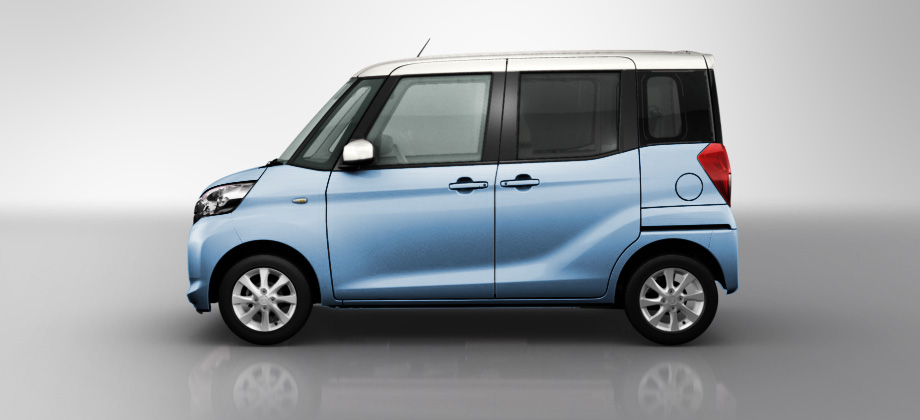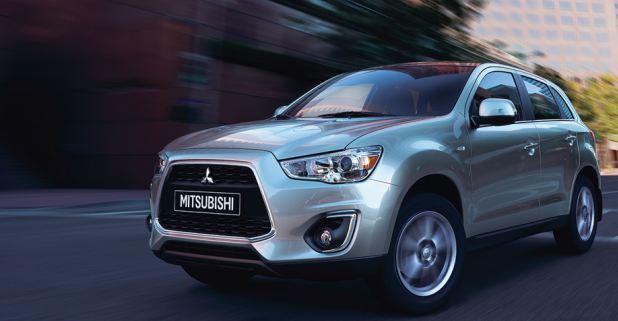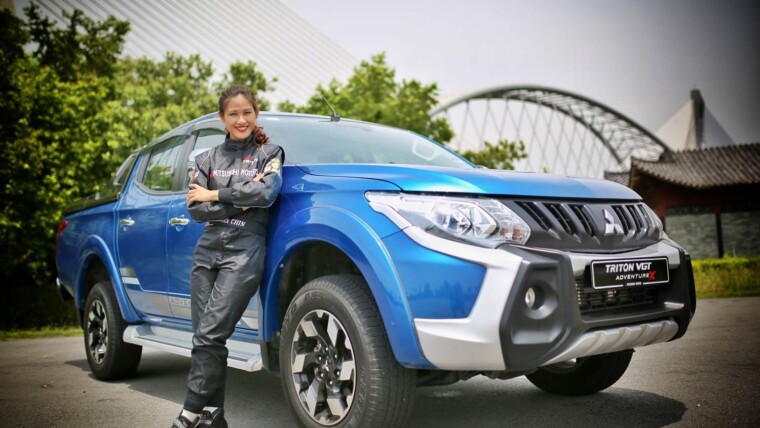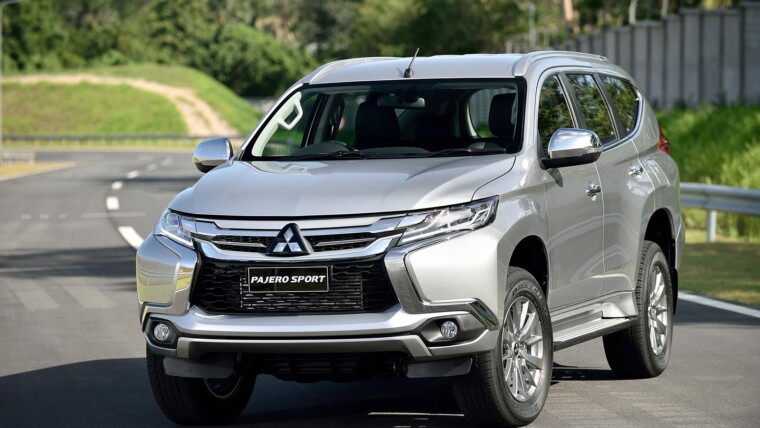
Following Mitsubishi’s recent announcement admitting that they cheated on fuel economy tests involving more than 600,000 vehicles, the Japanese automaker has formed a special committee to investigate the improper fuel economy testing procedure.
The investigation has been submitted by the automaker to the Ministry of Land, Infrastructure, Transport and Tourism (MLIT) recently, pursuant to instructions received from MLIT to investigate the issue.
Based on the investigation, Mitsubishi said that they were initially expected to produce four fuel-economy grades of the model year 2014 eK Wagon and Dayz (submitted in February 2013) which includes, a fuel-economy grade, a standard grade, a turbo grade and a 4WD grade. During development of the fuel-economy grade, the fuel consumption target, which had initially been 26.4km/l (in February 2011), was revised upward over a series of internal meetings until finally being set at 29.2km/l (February 2013).
According to the automaker, driving resistance data was obtained for that fuel-economy grade using a “high-speed coasting test,” which differed from the coasting test required by the applicable laws and regulations in Japan. A relatively low value was selected from among the test results for use as the driving resistance value in order to give the appearance of greater fuel consumption. Data for the remaining three grades were calculated without testing based on the data for the fuel-economy grade.
The data submitted for the model year 2014 eK Space and Dayz Roox (submitted in October 2013), the model year 2015 eK Wagon and Dayz (submitted in March 2014), the model year 2015 eK Space and Dayz Roox (submitted in December 2014), and the model year 2016 eK Wagon and Dayz (submitted in June 2015) were all calculated without testing based on the data for the model year 2014 eK Wagon and Dayz to achieve the fuel consumption targets.
The use of the “high-speed coasting test” differing from the test required by the applicable laws and regulations in Japan dates back in 1991 where the coasting test was designated as the method for testing driving resistance under the Road Transport Vehicle Act.
In January 1992, a method was developed to reverse-calculate coasting time using driving resistance. 9 years later, a test was run that compared the coasting test to the “high-speed coasting test,” and the difference in results was found never to exceed 2.3%.
In February 2007, the testing manual was updated to add that “TRIAS (i.e., the coasting test) is to be used for DOM (i.e., vehicles for sale in Japan).” Nevertheless, the “high-speed coasting test” continued to be used thereafter.
Other posts by AF Newsdesk







